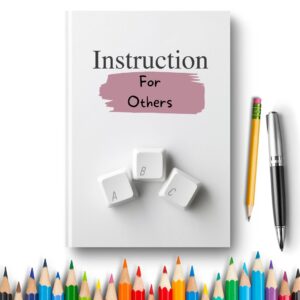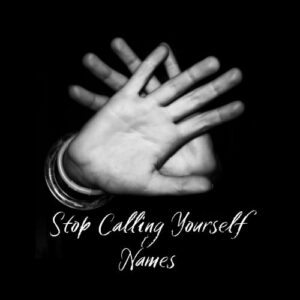This blog is the second part of a 2-part series on How To Solve a Problem. If you haven’t read part 1, go back and learn the basics before reading this.
Now that you have the STEDY Cycle as a way to understand the problem, you can use this same tool to create a map for solving it. The only part of the problem you can’t change is the situation because remember a situation is a description of the facts of a circumstance you can’t change in the moment (ie. your child’s behavior, your current weight, a medical diagnosis, your partner’s job status, the amount of money you have in the bank, your mother’s health, etc.)
So with a clear understanding of the fact of a situation, use the STEDY Cycle to begin asking yourself better questions about the problem like this:
Let’s begin with a breakdown of the acronym.
S = Situation (Facts I cannot control in the moment)
T = Thought (What do I want to think about this situation?)
E = Emotion (What do I want to feel about this situation?)
D = Doing (What do I want to do about this situation?)
Y = Your outcome (What result do I want to create for myself in this situation?
You can change the whole cycle by just answering one of these questions and filling in the rest.
Let’s bring this to life by taking the example used last time about not eating as healthy as you want. Here’s a reveiw of the the STEDY Cycle we fleshed out to understand the problem:
S = Family dinner on Tues. Two cans corn, left-over barbecue ribs with extra barbecue sauce all heated in microwave served with pre-packaged potato salad and store-bought sweetened iced tea.
T = I wish we ate healthier than this.
E = Disappointed
D = You think about all the other evidence for your disappointment. You judge yourself and others for not doing more to change. You leave food choices to the last minute. You don’t think about possibilities or ideas for change.
Y = Your wish for change keeps you stuck in unhealthy thinking and eating patterns remain the same.
Having this clarity on the cause and source of the problem paves the way to create a solution. Let’s use the question of what you want to think about the situation as the entry point for change.
S = The same
T = (What do you want to think about this situation?)
Let’s try out, “I can find a way for us to eat healthier.”
E = When you think this thought, what do you feel?
Motivated
D = When you feel motivated, what do you do/not do?
Let’s guess that you start to look for ways to eat healthier. Maybe you ask your family for ideas. You likely do a bit of research, consider options and plan ahead. You probably don’t spend a lot of time thinking about past unhealthy meals or bogged down in judgement and negativity.
Y = What result do you create for myself by doing/not doing these things?
You come up with ways you could create healthier eating plans.



